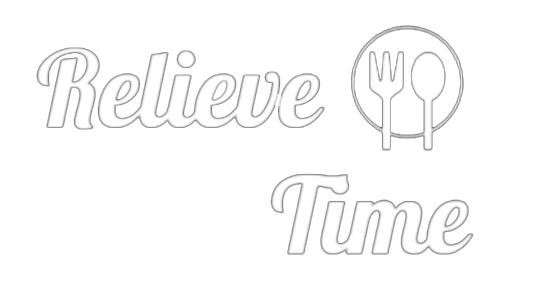Flavor Scientist Dr. Arielle Johnson Explains her Taste Analysis Tool Behind the 1800 Tequila Taste Collective
Bartenders have more flavor control than they even think, according to Dr. Arielle Johnson.
Dr. Arielle Johnson has a bold take on our taste buds: “Everybody loves flavor, but nobody knows how it works.”
As the flavor scientist behind the 1800 Tequila Taste Collective, Dr. Johnson is translating the molecular magic of taste into actionable insights for bartenders through the groundbreaking Taste Analysis tool.
“Every time a bartender tastes and adjusts a drink, trials a new recipe, or susses out a customer’s preferred flavor profile, they are up close and personal with the science of flavor,” Johnson says.
This intersection happens naturally: bartending becomes art through expression, and science through the consistent behavior of molecules. The Taste Analysis bridges both worlds by breaking down flavor on two fronts: universal building blocks like taste, smell, and language, alongside deeply personal questions about how individual genetics shape each person’s flavor experience.
The tool does something particularly clever: it turns instinctive descriptors into measurable insights. When bartenders describe drinks as ‘bright,’ ‘rich,’ or ‘spicy,’ the Taste Analysis demonstrates how those descriptors come from physical qualities.
“It doesn’t get rid of the instinct or the poetry—you just have a better idea of where it comes from,” explains Dr. Johnson. “Flavor can stand up to analysis without killing the magic.” Still, there was one testing revelation that Dr. Johnson didn’t see coming.
“I was shocked by how many of them assumed they should be supertasters!” says Dr. Johnson
Hypersensitivity isn’t as much of a superpower as you’d think. “It sounds like a great thing. But hypersensitivity can make many flavor experiences too intense for supertasters. The trade-off for non-supertasters is less sensitivity but a more pleasant and nuanced experience of bitter drinks like a tequila Negroni.”
This discovery reminds us that the world of flavor is more welcoming and individualized than we think. And our job isn’t to be a flavor-sensing superstar.
“It’s about knowing where you sit in the wider map of flavor experience,” Johnson notes.
“Once you see how your palate relates to others’, you can navigate that landscape intentionally and meet people where they are or lead them somewhere new.”
Johnson sees bartenders bringing something unique to flavor conversations—a duality that chefs don’t quite share. “You’re thinking about recipes and making things for people to consume, but you’re also interacting and educating guests as part of the Front of House,” she adds.
“Plus, with only three or four ounces to work with, bartenders manipulate tiny differences in volume that are more on the scale of an analytical chemist than a rôtisseur.”
Dr. Johnson sees that bartenders are ready to take things to the next level at The Taste Collective. “The bartenders come in curious, open, and already thinking about flavor systems. They just need a way to name what they’re already perceiving. And many bartenders are secretly big nerds, so we’re very simpatico.”
But the goal isn’t to replace instinct with formulas. It’s to give bartenders a language and framework to trust what they’re already doing and tasting.
“Technical knowledge isn’t for replacing experience and intuition. It’s for sharpening them,” Dr. Johnson adds.
Sharper minds, sharper drinks. We drink to that.
The post Flavor Scientist Dr. Arielle Johnson Explains her Taste Analysis Tool Behind the 1800 Tequila Taste Collective appeared first on Chilled Magazine.
